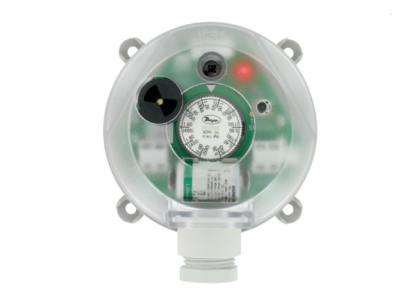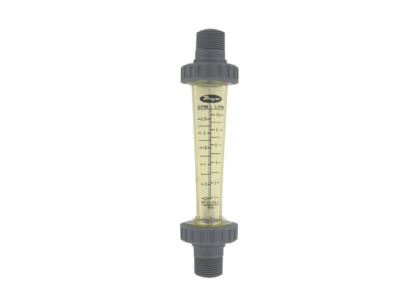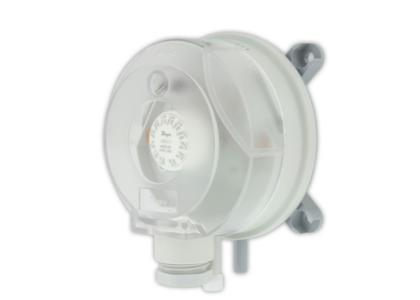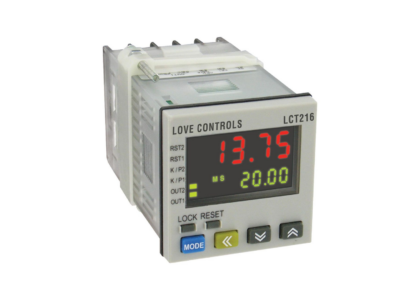Electrical connections are a critical part of any system, whether industrial, commercial, or residential. Cord end terminals, also known as ferrules, are simple yet essential components that improve the reliability and safety of electrical connections. These small, tubular metal sleeves ensure that wire ends remain intact during termination, preventing fraying, loose connections, and electrical faults. This blog will explore the purpose, types, and advantages of cord end terminals, along with tips for selecting the right ones for your application.
What Are Cord End Terminals?
Cord end terminals are small, crimped metal sleeves, typically made of tinned copper, that fit over the stripped ends of electrical wires. They are often used with stranded wires to consolidate the strands into a single, secure unit before insertion into terminal blocks, connectors, or screw terminals. Cord end terminals are crimped onto the wire, ensuring a stable and reliable connection while protecting the wire from mechanical damage and wear.
Why Are Cord End Terminals Important?
Without cord end terminals, stranded wires can fray or spread when inserted into connectors, leading to poor connections and increased risk of short circuits. Cord end terminals:
- Enhance Connection Reliability: They prevent wire strands from fanning out, ensuring a clean and solid connection.
- Reduce Risk of Electrical Faults: By minimizing the chance of loose or incomplete connections, cord end terminals help avoid overheating and electrical fires.
- Facilitate Maintenance: Connections with cord end terminals are easier to handle, making troubleshooting and rework more efficient.
- Increase Longevity: They protect wires from wear caused by repeated screw tightening, improving durability in high-vibration or frequent-maintenance environments.
Types of Cord End Terminals
Cord end terminals come in various styles to suit different applications and wire sizes. The most common types include:
- Single Cord End Terminals: Designed for a single wire, these are the most basic and widely used type. They come in different lengths to accommodate various wire gauges.
- Twin Cord End Terminals: These terminals have a dual-entry design, allowing two wires to be crimped into a single terminal. They are ideal for situations where two wires need to be connected to the same terminal block or contact.
- Insulated Cord End Terminals: These terminals feature a plastic collar or sleeve that provides additional insulation around the crimped area, reducing the risk of short circuits and improving safety.
- Non-Insulated Cord End Terminals: These are basic ferrules without additional insulation. They are often used in applications where space is limited or additional insulation is unnecessary.
Benefits of Using Cord End Terminals
- Improved Electrical Contact: Cord end terminals provide a smooth, solid surface for better conductivity and reduced resistance.
- Time-Saving Installation: Pre-crimped terminals make wire insertion into terminal blocks or connectors faster and easier.
- Safety and Compliance: Many cord end terminals meet international electrical safety standards (e.g., UL or IEC), ensuring safer installations.
- Durability in Challenging Conditions: Cord end terminals resist mechanical stress and environmental factors like vibration, temperature changes, and corrosion.
- Neat and Organized Wiring: By consolidating wire strands, cord end terminals contribute to clean, professional-looking wiring setups.
Applications of Cord End Terminals
Cord end terminals are used across industries and settings to ensure secure electrical connections:
- Industrial Automation: In control panels and machinery, cord end terminals ensure secure connections between wires and terminal blocks, reducing maintenance needs in high-vibration environments.
- Electrical Installations: In residential and commercial wiring, cord end terminals improve connections in junction boxes, circuit breakers, and switchgear.
- Renewable Energy Systems: Solar panels and wind turbines often use cord end terminals to ensure reliable power distribution in dynamic environmental conditions.
- Automotive and Transportation: Cord end terminals are used in vehicles to ensure stable electrical connections, even in conditions of constant motion and vibration.
- Consumer Electronics: In electronics manufacturing, cord end terminals facilitate secure and compact connections in tightly packed circuits.
How to Select the Right Cord End Terminals
Choosing the right cord end terminal depends on your specific application and wiring requirements. Key considerations include:
- Wire Gauge Compatibility: Ensure the terminal matches the wire gauge. Terminals are available in various sizes, often color-coded for easy identification.
- Insulated vs. Non-Insulated: Choose insulated terminals for added safety or where wires are exposed to potential contact.
- Single vs. Twin Entry: Select twin cord end terminals for connecting two wires to a single point, or single-entry terminals for individual wires.
- Material and Plating: Most cord end terminals are made of copper with tin plating, offering good conductivity and corrosion resistance.
- Compliance with Standards: Verify that the terminals meet relevant electrical standards for your industry or region.
Installation Tips for Cord End Terminals:
- Strip the Wire Properly: Use a wire stripper to remove just enough insulation to fit the terminal, avoiding exposed wires outside the ferrule.
- Select the Right Crimp Tool: Use a crimping tool designed for cord end terminals to ensure a secure, uniform crimp.
- Check the Fit: Ensure the terminal fits snugly in the connector or terminal block to avoid loose connections.
- Inspect the Crimp: After crimping, inspect the terminal to ensure the wire strands are fully enclosed and the terminal is securely attached.
- Test the Connection: Test continuity to confirm a reliable connection before powering the system



